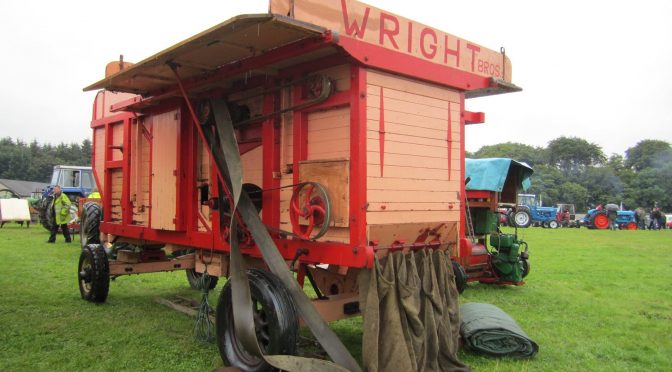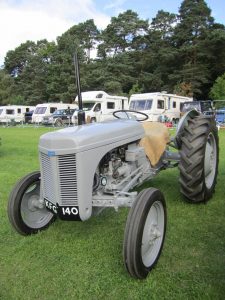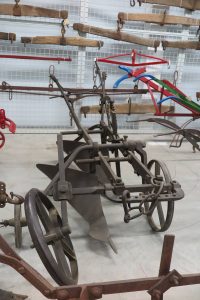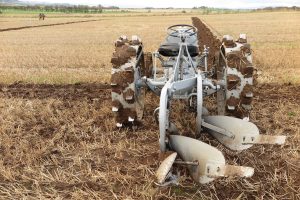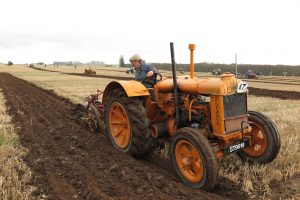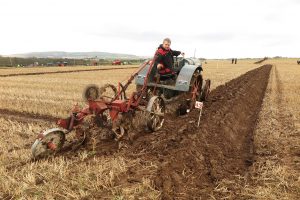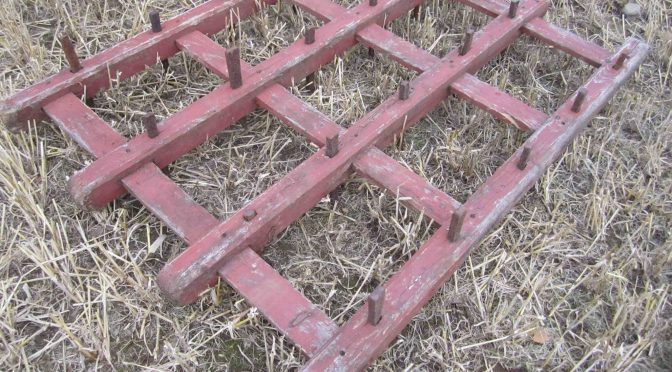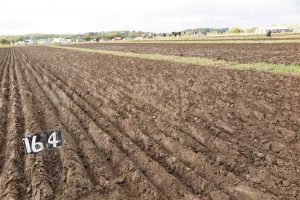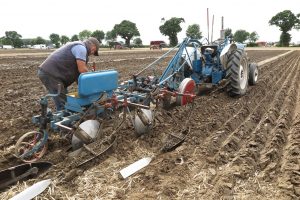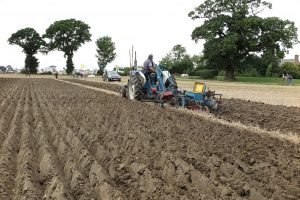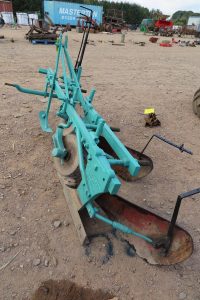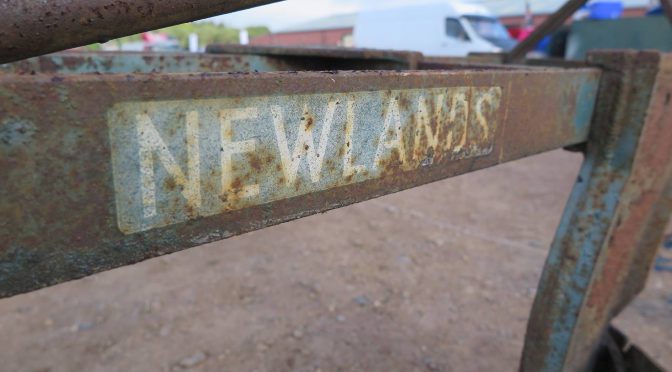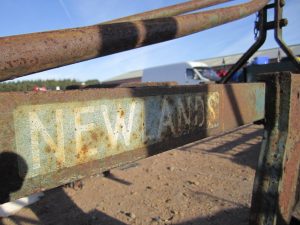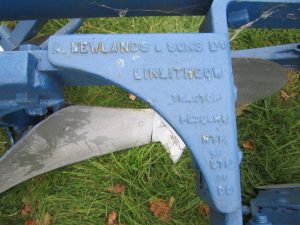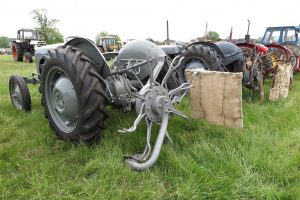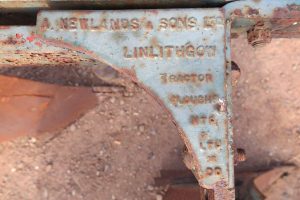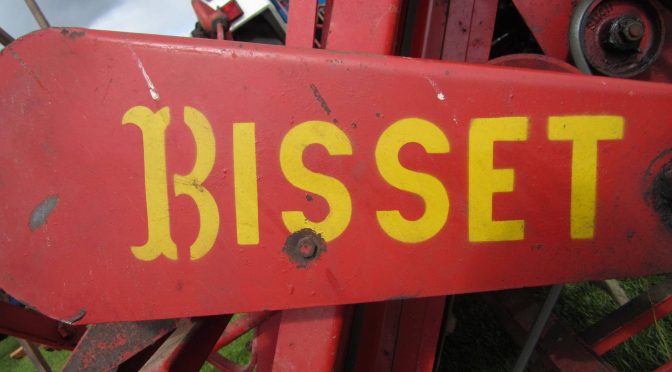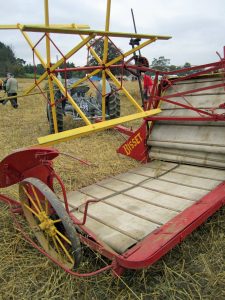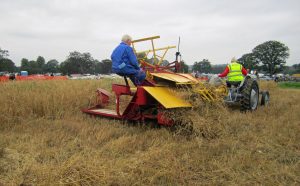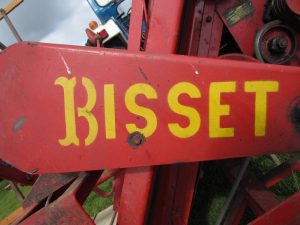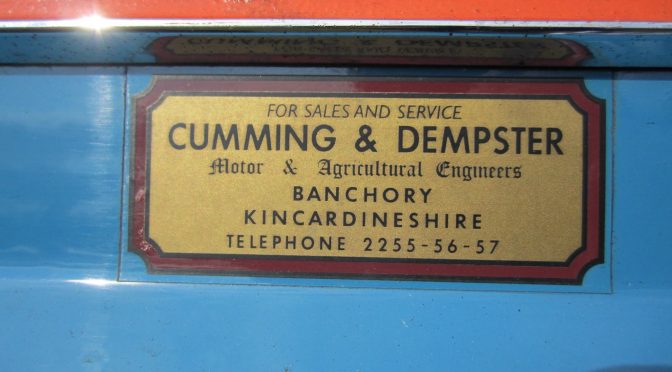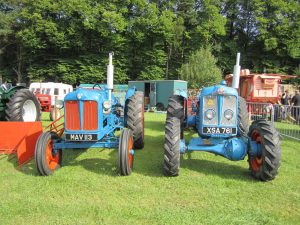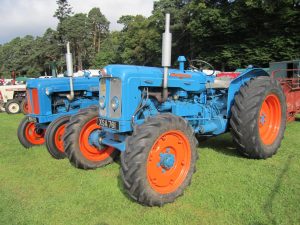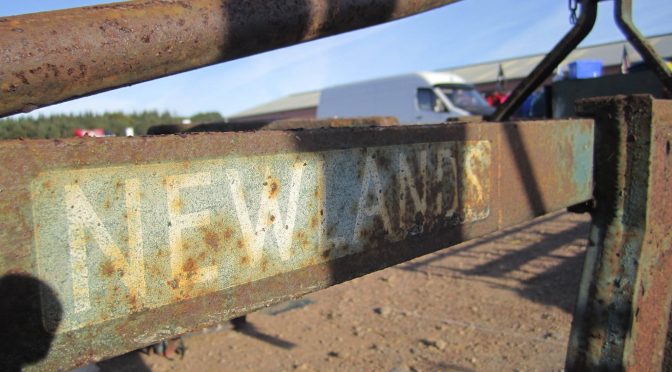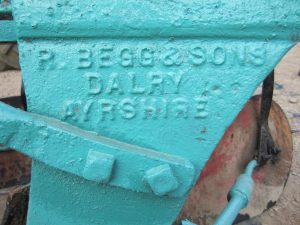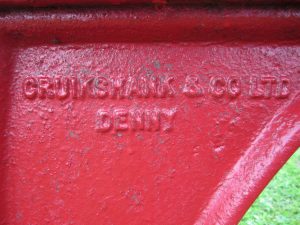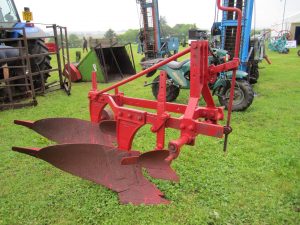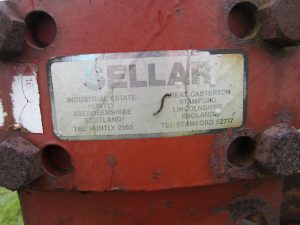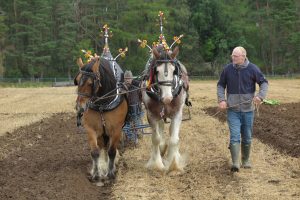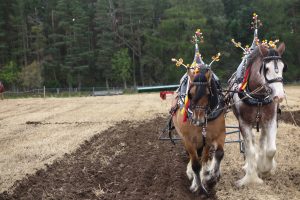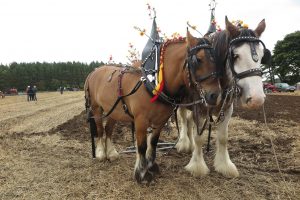As we saw a few weeks ago, the Board of Agriculture and Internal Improvement undertook an important survey of agriculture and rural improvement in Britain from 1793 to 1817. This series was referred to as the County Agricultural Surveys, with each report having the title “General View of the Agriculture of the County of …”.
The accounts contained detailed accounts of the implements and machines used in each county, together with the changes that were being made to them.
The account or Midlothian, written by George Robertson, describes implements and machines from a leading agricultural district in Scotland. So what were the implements and machines that were used in such a district?
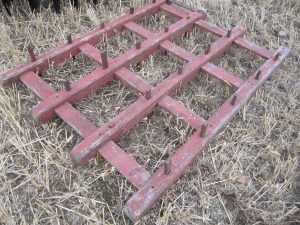 “Not many years since, implements were few in number, and rudely constructed. They have undergone much alteration of late, and several instruments of labour have been added to the former list.
“Not many years since, implements were few in number, and rudely constructed. They have undergone much alteration of late, and several instruments of labour have been added to the former list.
The plough formerly used was the Scotch, long and heavy, yet well adapted to the powerful draught of 4 or 6 horses, that were frequently applied. When it was perceived that 2 horses were sufficient for every purpose of tillage, this simple implement was constructed on a lesser scale, but the original proportions still retained. It has since been improved in principle, (made somewhat resemblant to the Rotherham plough) by the late Mr Small at Ford, in this county, who has, on true mechanical principles, modified the mould-board into such a form of curvature, as to make less resistance to the earth as it is turned up, by which it requires less force to draw it, than any other plough known in this country; while the furrow itself is gradually laid over to its proper position.
The mouldboard, as well as the sheath, is now generally made of  cast-iron, on the inside of which is an inscription, bearing, Mr Small’s name, the name of the founders (Cooper and Barker) and, what is principally intended,-the approbation of the dalkeith Farmer Society. It is now universal all over Scotland, and perhaps were it better known in England, it might come to displace the complicated ploughs with wheels and other trumpery with which agriculture there is at present encumbered; as it is not apt to be put out of order, but simple in the construction, and effective in operation, it is adapted to almost every situation. The chain, connected with the muzzle, by which it is drawn, fixed as far back as the culture, is not essential to its formation, serving merely to strengthen the beam, which may be made stronger of itself at less expense, while the tillage is as accurately performed with ploughs that have none. The price is from 40s to 50s.
cast-iron, on the inside of which is an inscription, bearing, Mr Small’s name, the name of the founders (Cooper and Barker) and, what is principally intended,-the approbation of the dalkeith Farmer Society. It is now universal all over Scotland, and perhaps were it better known in England, it might come to displace the complicated ploughs with wheels and other trumpery with which agriculture there is at present encumbered; as it is not apt to be put out of order, but simple in the construction, and effective in operation, it is adapted to almost every situation. The chain, connected with the muzzle, by which it is drawn, fixed as far back as the culture, is not essential to its formation, serving merely to strengthen the beam, which may be made stronger of itself at less expense, while the tillage is as accurately performed with ploughs that have none. The price is from 40s to 50s.
The harrows, of which there are several kinds, is customarily made of four bulls, connected by four flots, generally four feet square, weighing about 48 lbs avoirdupois, besides having 20 iron tunes or teeth, of about 1lb wt each. Each harrow is always drawn by one horse; three of which are frequently yoked together under one driver. This implement may be improved in principle by altering the arrangement of the tunes. Thus, in the common harrow, the 20 tynes make only 11 different ruts, as several follow one another in the same tracts, and even those are not all effective, for two on each extreme corner, are so unconnected with the others, as not to be accounted in the work, seven ruts only being found properly done; from this it happens, that one harrow drawn by itself, covers only three feet of ground, two covers but about six, and three, which does however more in proportion, covers only ten; whereas, in the improved harrow, although it has only 16 types, yet as each tyne makes a separate rut, one harrow drawn by itself will cover 4 and 1/2 feet, two harrows will cover about eight feet, and three covers 12 feet, at the same time the ruts are only three inches 8-10ths asunder, but in the common harrow, they are six inches apart. A pair of harrows cost about a guinea.
Rollers are generally of free-stone, 5 1/2 feet long, 15 inches diameter, weighing, when mounted, about 12cwt drawn by two horses, and cost about two guineas. Every farmer has at least one, for soothing the grass-lands; to which it is peculiarly adapted; also for breaking the clods of rough land in tillage: in which it is not clear that it is so effective as the ancient clod-mallet; for although, in some cases, there may be more work for the same expense, in general there is less, and not so completely to the purpose, besides giving the whole land, without distinction, the same pressure, whether necessary or not.
Of drilling and being instruments there are many; usually of a plain and effective construction. The drill-barrow for sowing one row at a time, is a simple machine, adapted to different grains, and small seeds, in any required proportion. A machine of this kind, for sowing several drills at once, and at such different degrees of width as may be wanted, would be a great acquisition, provided it were not too complex.
It may be proper here to take notice of the weed-hook for cutting thistles, &c among standing corns, which, although but a simple instrument, is perhaps the most perfect of any we have. Notwithstanding, that it is constantly rubbing against the ground, when it is used, yet being concave in the underside, the edges are preserved entire for several years. It costs (without the staff) only 2 1/2d and weighs about 2oz. It is only made, so far as I know, in East Lothian, where it is to be had in the shops in Haddington.
The reaping fork, fro collecting into sheaves, corns that are cut with the scythe, will probably be adopted more generally, as the practice of mowing corn becomes more common. The prongs ate pushed below the swath, raising accurately the straw from the stubble, while other prongs serve the double purpose of retaining the cut corns from scattering backwards and of forming the size of the sheaf, which is regularly determined when the straw accumulates as high as the top of these prongs.
There can be no question, that with this implement corn can be collected faster and more regularly into sheaves, than merely by hand labour.
Wheel carriages, employed in husbandry, are only the close-cart, and the corn-cart, both of a light construction; drawn by two horses, and of late by one. The large wains, or heavy four-horse wagons, in English husbandry, are reprobated here. Two horses in a cart are commonly loaded with 18 or 20 cwt. One horse draws still more than 12cwt; even 24cwt is frequently put into single horse, and 30 cwt on good road is not uncommon. This cart has lately been much improved: placed on its axle, the bottom at each side projects over the inner head to the naves as far as nearly to touch the spokes of the wheels; from which acquired breadth, the capacity is enlarged, while the side standards being brought nearer to a perpendicular, are able to sustain more weight. The dimensions are, length five feet three inches; breadth below, four feet; breadth above, four feet three inches; depth, one foot three inches; containing about a cubic yard. Price of a cart, painted 1l 15s not including wheels, axle, nor mounting, which may amount in all to 7l or 8l more. The corn cart, which is only placed occasionally on wheels, for carrying hay, or corn in the straw, is composed of standards, roods, and spars, without deals, but is broader and much longer than the close-cart, that it may hold a more bulky load. It costs from 20s to 30s.
Fanners, for cleaning corn, have been in general use here for more than fifty years. They run 12 bolls an hour, and in two operation, or in three at most, the corn is completely cleaned; four people are necessary to attend them, for sifting, riddling, &c. Some fanners perform these operations also by which two persons less are required. They cost from 2l to 5l and last 20 to 30 years.
Threshing mills, lately introduced, were very soon afterwards introduced into this county. They are now very general, and of various dimensions and construction, wrought by one, or two, or four horses, or by water, which last is the best method of all. One horse mills will thresh a boll in an hour, the others, in that proportion or more. They cost from 25l to 60l: some perhaps more, particularly when they are made to clean the corn at the same time, which requires more machinery, as well as more space.
Quite a change from today’s implements and machines!
The photos of the wooden implements were taken at Daviot vintage rally in past years.
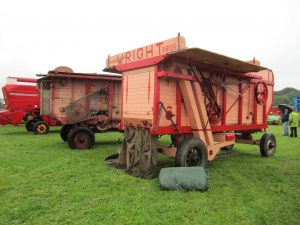 By the late 1940s the business was undergoing significant changes. In early 1948 steps were being taken to incorporate it to become a company limited by guarantee; the company received its certificate of incorporation to become Wright Brothers (Boyne Mills) Ltd.
By the late 1940s the business was undergoing significant changes. In early 1948 steps were being taken to incorporate it to become a company limited by guarantee; the company received its certificate of incorporation to become Wright Brothers (Boyne Mills) Ltd. The company had a share capital of £20,000, divided into 20,000 shares of £1 each. There were two subscribers, Alex Wright and A. Scott. The registered offices were at Boyne Mills.
The company had a share capital of £20,000, divided into 20,000 shares of £1 each. There were two subscribers, Alex Wright and A. Scott. The registered offices were at Boyne Mills.